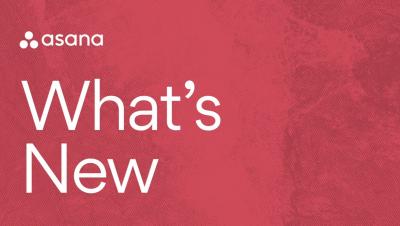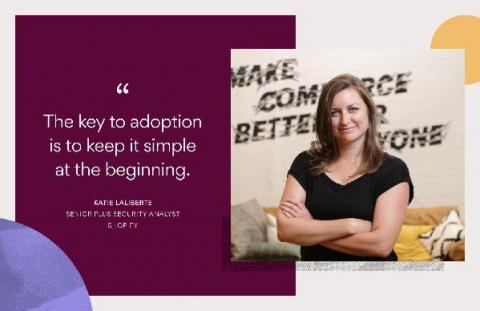The ROI of digital workspaces
The past 18 months have taught business leaders that flexible work and collaboration environments can be the key to business continuity—whether the business is office-centric, hybrid, or distributed. The proof is in the numbers: In 2020, the collaboration software category exploded, growing five year’s worth of users in the first six months of the year alone.












